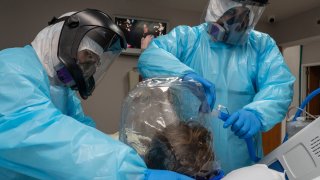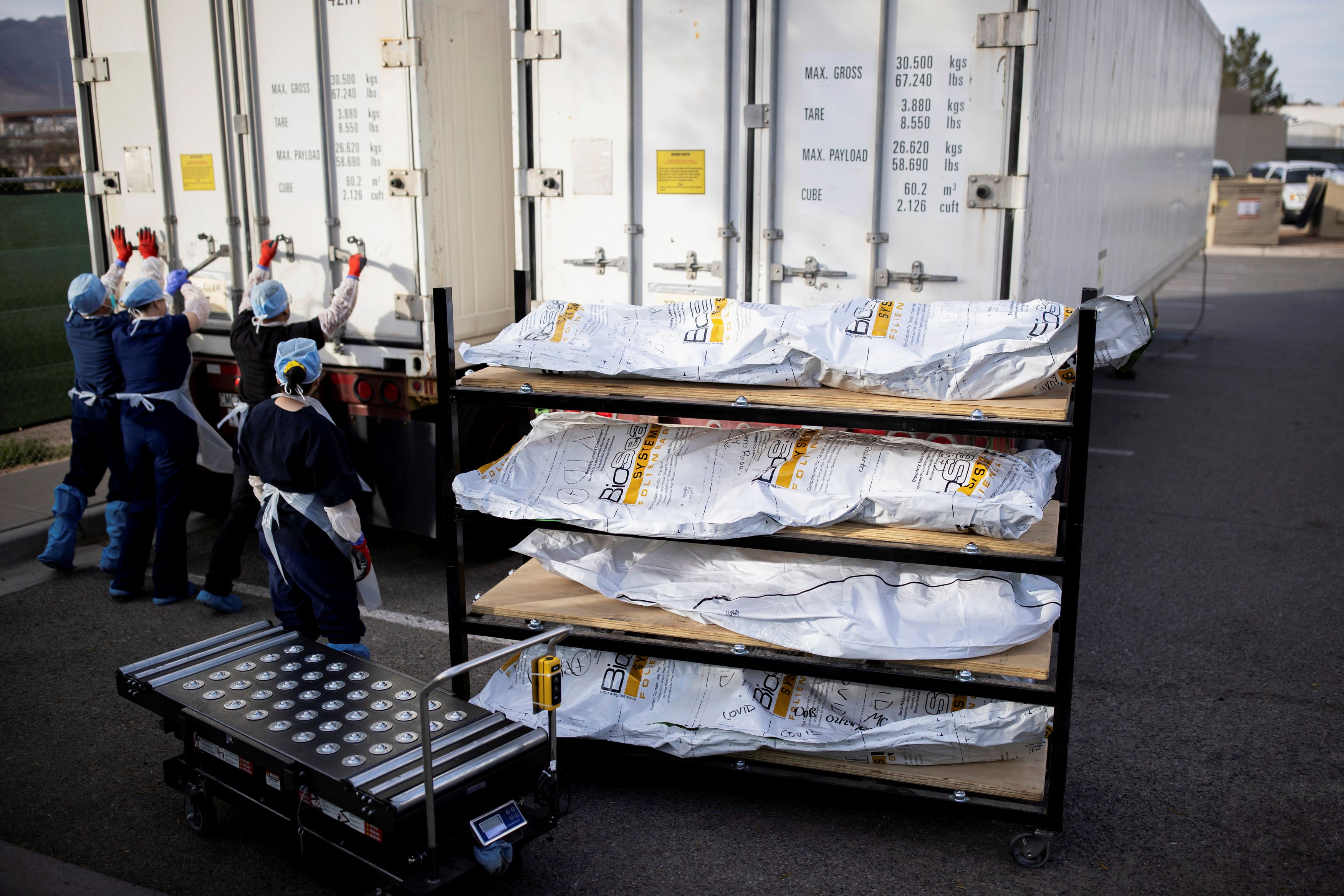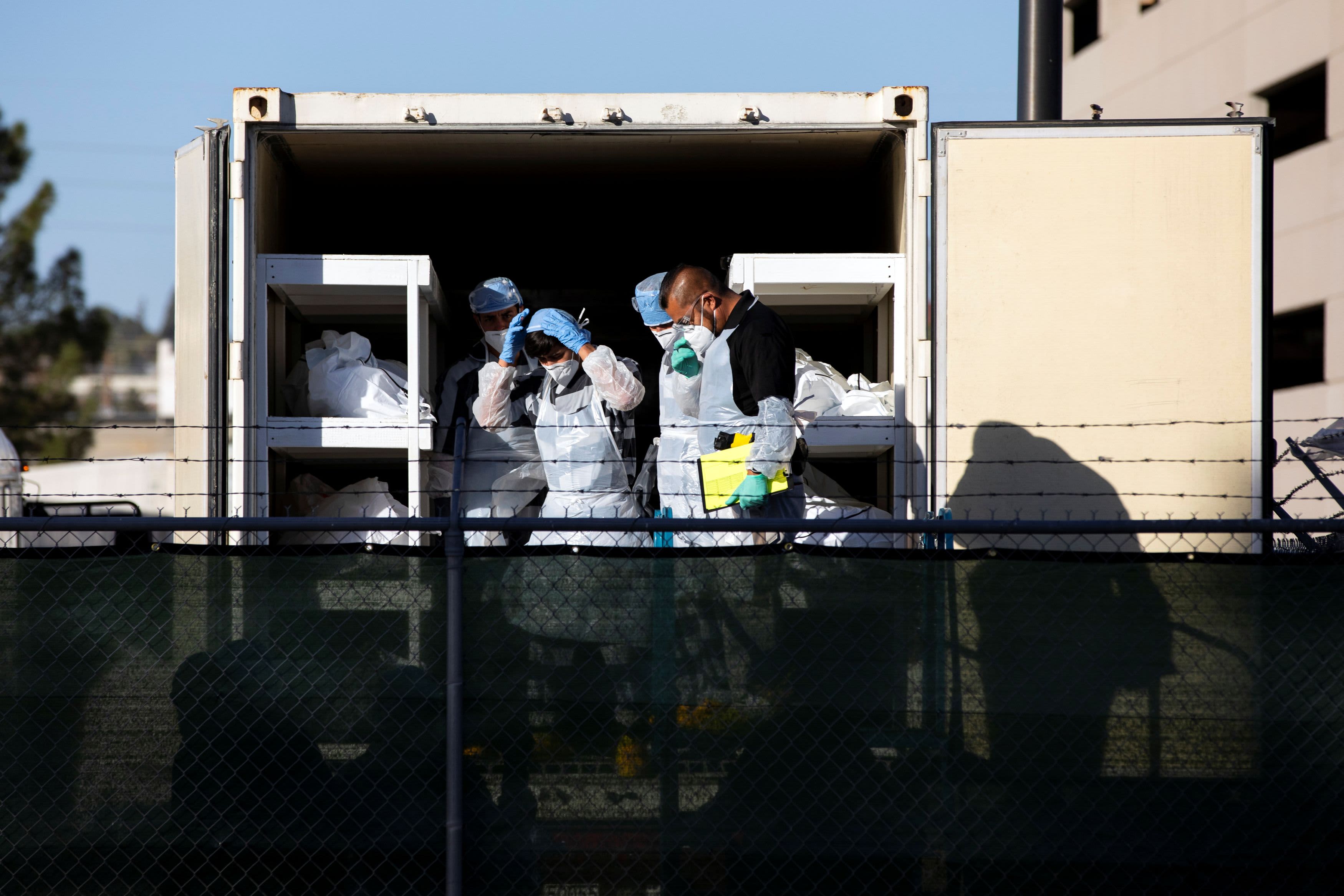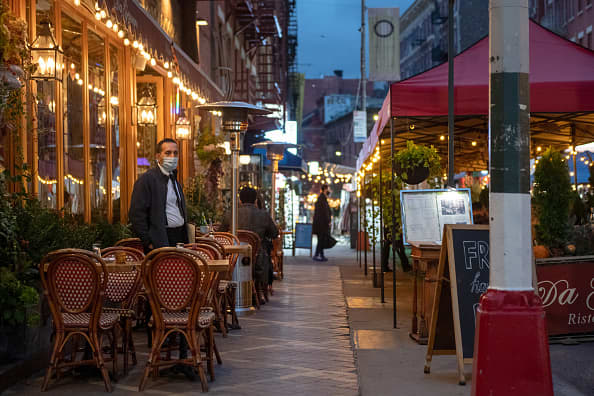
Southern California will fall under sweeping new health restrictions tomorrow night due to the rapidly increasing number of hospitalizations from the coronavirus, state officials said Saturday.
A state-mandated “regional stay-at-home” order goes into effect at 11:59 p.m. Sunday, triggered when intensive-care unit bed availability remained below 15% after Saturday's daily update, according to the California Department of Public Health.
The 11-county Southern California region's available ICU capacity was 12.5% Saturday, a decrease from 13.1% the day before. Los Angeles County had 21% of its ICU beds available and Orange County had 20%, but those numbers were expected to decline later when the counties release their daily updates. Gov. Gavin Newsom had said Thursday that the Southern California region could meet that trigger within days.
The Southern California region consists of Los Angeles, Orange, Riverside, San Diego, Imperial, Inyo, Mono, San Bernardino, San Luis Obispo, Santa Barbara and Ventura counties.
The stay-at-home order will be in place for three weeks and will bar gatherings of people from different households. Under the order, the following businesses/recreational facilities will be forced to close:
- indoor and outdoor playgrounds;
- indoor recreational facilities;
- hair salons and barbershops;
- personal care services;
- museums, zoos, and aquariums;
- movie theaters;
- wineries;
- bars, breweries and distilleries;
- family entertainment centers;
- cardrooms and satellite wagering;
- limited services;
- live audience sports; and
- amusement parks.
Schools with waivers will be allowed to remain open, along with “critical infrastructure” and retail stores, which will be limited to 20% of capacity. Restaurants will be restricted to takeout and delivery service only.
Hotels would be allowed to open “for critical infrastructure support only,” while churches would be restricted to outdoor only services.
Entertainment production -- including professional sports -- would be allowed to continue without live audiences. Some of those restrictions are already in effect in select counties.
Los Angeles County set a daily-case record for the third time in four days Friday with nearly 9,000 infections confirmed, while hospitalizations continued rising at record levels and deaths spiked to a level not seen in months.
The county reported 8,860 new coronavirus infections on Friday, shattering the daily record of 7,854 set on Thursday. The number of people hospitalized stood at 2,668, the highest point of the entire pandemic.
Health officials also announced 60 new deaths, continuing an upward trend that began in late November. Two weeks ago, the county's average number of daily deaths was 21.
“Los Angeles County continues to experience a pandemic that is moving in a direction that will cause significantly more suffering and deaths,” county Public Health Director Barbara Ferrer said. “As case numbers and hospitalizations continue to rapidly increase, the number of individuals who will experience severe health outcomes will also increase.”
“The best thing to do right now and in the upcoming holiday season is to stay at home and not travel,” she said. “Encourage your family and friends to stay connected virtually and delay meeting in person until we are at a better place in the pandemic. Collectively, we have a chance to slow the spread and save lives.”
The 8,860 new cases reported by the county, along with 148 announced by Long Beach and 93 by Pasadena, lifted the countywide cumulative total since the start of the infection to 430,824. The 60 new deaths, and one additional fatality announced by Pasadena, lifted the overall total to 7,843.
Newsom said the order is “fundamentally predicated on the need to stop gathering with people outside of your household, to do what you can to keep most of your activities outside and, of course, always ... wear face coverings, wear a mask.”
The governor also noted that the state still has a travel advisory in place recommending against non-essential travel and urging people to quarantine when they return to the state. When the regional stay-at-home order is triggered, it will strongly urge residents to cancel any non-essential travel.
Dr. Mark Ghaly, the state's Health and Human Services secretary, acknowledged there is no real mechanism for enforcing such a travel restriction, but the state will rely on public cooperation.
“We believe that really emphasizing this is what we hope our citizens will do because their communities are at particularly high risk, their hospitals are having difficulty keeping available ICU beds open, that people will restrict their travel statewide,” he said.
The state's full stay-at-home order can be read at https://www.cdph.ca.gov/.




